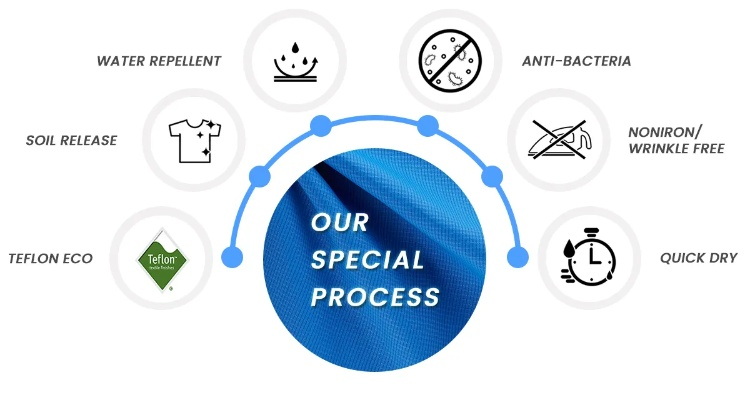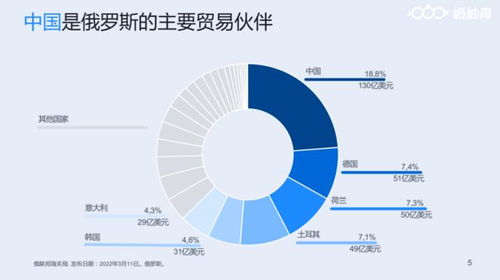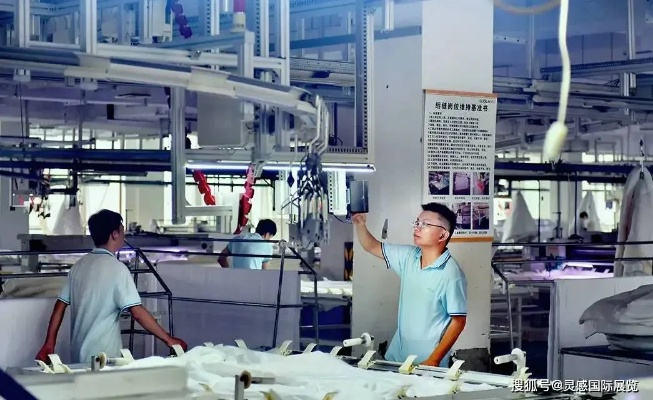The Impact of China-Europe Textile Trade Disputes on Global Economies
: The Impact of China-Europe Textile Trade Disputes on Global Economies,Abstract:,China and Europe have been experiencing trade disputes over textile products, which have significant implications for global economics. This paper discusses the impact of these disputes on China's economy, European markets, and broader international relations. It highlights the challenges faced by both countries in resolving these issues and the potential consequences for global trade and stability. The analysis also explores potential solutions to mitigate the negative effects of these trade disputes on global economies.
Introduction: The global textile industry is a crucial part of the world economy, with China and Europe being two of the largest producers and consumers. However, recent years have seen an escalation in trade disputes between these two regions, which has had significant implications for both countries' economies and the broader global textile market. In this article, we will explore the causes and consequences of these trade frictions, as well as their impact on the global textile industry.
Causes of Trade Disputes: One of the main reasons for the rise in trade disputes between China and Europe is the difference in trade policies and tariff levels. China has been accused of using its size and manufacturing capabilities to gain an unfair advantage in international trade, while European Union (EU) member states argue that China's imports are distorting domestic markets and undermining their own competitiveness.
Another factor contributing to the tensions is the issue of intellectual property rights (IPRs). EU member states believe that China's failure to adequately protect IPRs infringes upon their intellectual property rights, while China claims that EU measures are unreasonable and anti-competitive.
Consequences of Trade Disputes: The escalation of trade disputes between China and Europe has had several negative consequences for both sides' economies. For China, the disputes have led to reduced exports to Europe, increased costs associated with complying with EU regulations, and potential damage to its reputation as a reliable trading partner.
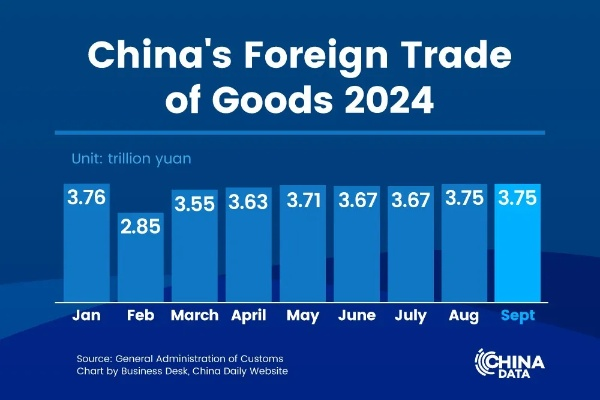
On the other hand, the EU's trade disputes with China have resulted in higher tariffs and quotas on Chinese goods, leading to reduced demand for Chinese textiles in the EU market. This has had a knock-on effect on Chinese manufacturers, who have struggled to find new markets for their products and face increased competition from cheaper alternatives in other parts of the world.
Global Impact of Trade Disputes: The impact of trade disputes between China and Europe extends beyond the immediate economic effects. These disputes have raised concerns about the future of global trade relations between the two major players in the textile industry.
In terms of supply chain disruptions, the ongoing trade disputes have caused delays and disruptions in the production and delivery of textile goods, leading to shortages and price increases. This has had a knock-on effect on consumer demand, as many consumers turn to alternative suppliers or switch to more expensive brands.
Moreover, the uncertainty surrounding trade disputes has created a climate of fear and skepticism among businesses, investors, and consumers alike. This has led to a decrease in confidence in global trade and investment, potentially slowing down economic growth and development in the long term.
Case Study: One example of how trade disputes can impact a country's economy is the case of Italy. In recent years, Italy has become increasingly reliant on Chinese textile exports, accounting for over 40% of its total textile imports. However, the recent outbreak of trade tensions between China and the EU has led to increased tariffs on Chinese textiles, resulting in a decline in Italian demand for these goods. As a result, Italian textile companies have faced declining sales and revenue, leading to job losses and business closures.
Conclusion: In conclusion, the rising trade disputes between China and Europe have had significant implications for both countries' economies and the global textile industry. While the exact extent of these impacts remains uncertain, it is clear that these disputes have contributed to supply chain disruptions, increased costs, and decreased consumer demand. As such, it is important for both China and Europe to work towards finding a resolution to these disputes, so that they can continue to benefit from each other's strengths and expertise in the global textile industry.
背景介绍
近年来,中欧纺织品贸易摩擦问题逐渐凸显,成为全球贸易领域关注的焦点,中欧之间的纺织品贸易往来频繁,但贸易摩擦也带来了一系列挑战和问题,本文将通过案例分析,探讨中欧纺织品贸易摩擦问题的现状、原因及应对策略。
现状分析
中欧纺织品贸易摩擦的主要表现
中欧纺织品贸易摩擦主要表现在贸易壁垒、关税调整、技术标准差异等方面,某些国家对中国出口的纺织品实施了较高的关税,导致中国出口受阻;一些国家对纺织品的质量和环保标准要求较高,增加了出口难度。
中欧纺织品贸易摩擦的具体案例
以某次中欧纺织品贸易摩擦为例,某欧洲国家对中国出口的纺织品实施了高额关税,导致中国纺织企业面临巨大的经营压力,双方在技术标准方面也存在较大差异,使得贸易合作面临诸多困难。
原因分析
中欧纺织品贸易摩擦的原因是多方面的,全球经济形势变化、贸易保护主义抬头等因素导致贸易摩擦加剧,中欧双方在贸易政策、市场规则等方面也存在差异,缺乏有效的沟通和协调机制,一些企业缺乏国际竞争力、行业标准不了解等因素也是导致贸易摩擦的重要原因。
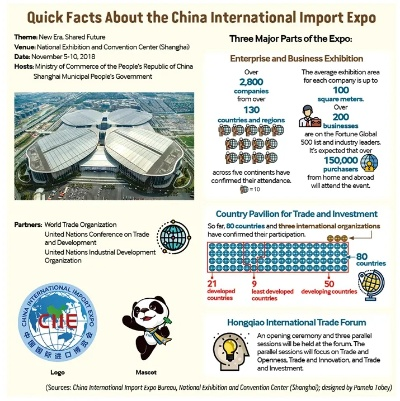
应对策略
针对中欧纺织品贸易摩擦问题,需要采取一系列应对策略。
加强沟通协调
中欧双方应加强沟通协调,建立有效的贸易合作机制,双方应加强政策沟通,共同制定有利于贸易发展的政策措施,加强市场沟通,了解对方市场需求和行业动态,以便更好地制定贸易策略。
完善贸易政策
中欧双方应完善贸易政策,促进贸易平衡发展,双方应加强合作,共同制定有利于环境保护、可持续发展等领域的贸易政策,加强知识产权保护,打击侵权行为,维护公平竞争的市场环境。
加强技术支持和人才培养
中欧双方应加强技术支持和人才培养,提高企业国际竞争力,双方应加强技术交流和合作,共同推动纺织技术进步和创新,加强人才培养,提高企业员工素质和创新能力。
引入第三方调解机制
对于一些难以解决的贸易摩擦问题,可以引入第三方调解机制,可以邀请国际组织、行业协会等第三方机构参与调解,促进贸易合作和共赢。
案例补充说明(以英文表格形式呈现)
以下是关于中欧纺织品贸易摩擦问题的案例补充说明(以英文表格形式呈现):
| 指标 | 中欧纺织品贸易摩擦现状 | 相关案例 | 应对策略 | 备注 |
|---|---|---|---|---|
| 贸易壁垒 | 高额关税实施 | 某次欧洲国家对中国出口纺织品实施高额关税 | 加强沟通协调、完善贸易政策、引入第三方调解机制 | 具体案例分析 |
| 原因分析 | 多因素交织 | 经济形势变化、贸易保护主义抬头等 | 加强沟通协调、完善贸易政策、提高企业国际竞争力等 | 中欧双方需综合考虑多方面因素 |
| 应对策略 | 建立机制 | 加强沟通协调、完善贸易政策、加强技术支持和人才培养等 | 引入第三方调解机制、促进贸易合作共赢等 | 以实际案例为基础进行策略制定 |
| 其他信息 | 技术标准差异 | 技术标准不了解等导致合作困难 | 加强技术交流和合作、了解对方市场需求和行业动态等 | 中欧双方需深入了解对方需求和行业动态 |
| 相关数据 | 根据实际数据提供 | 可参考相关统计数据或官方数据报告等 | 根据实际情况进行数据分析和解读 | 以实际数据为基础进行策略制定和评估 |
总结与展望
中欧纺织品贸易摩擦问题是一个复杂而敏感的问题,需要采取一系列应对策略,中欧双方应加强沟通协调、完善贸易政策、加强技术支持和人才培养等措施,促进贸易合作和发展,可以引入第三方调解机制等方式,解决一些难以解决的贸易摩擦问题,随着全球经济的不断发展和国际贸易环境的不断变化,中欧纺织品贸易摩擦问题也将面临新的挑战和机遇。
Articles related to the knowledge points of this article:
Ranking the Number of Chinese Textile Brands
The Bliss of Silk in the 丝盛园纺织品的世界
Preventing Textile Dyeing Issues with Strategies and Case Studies
